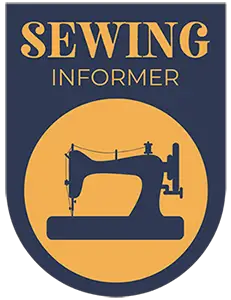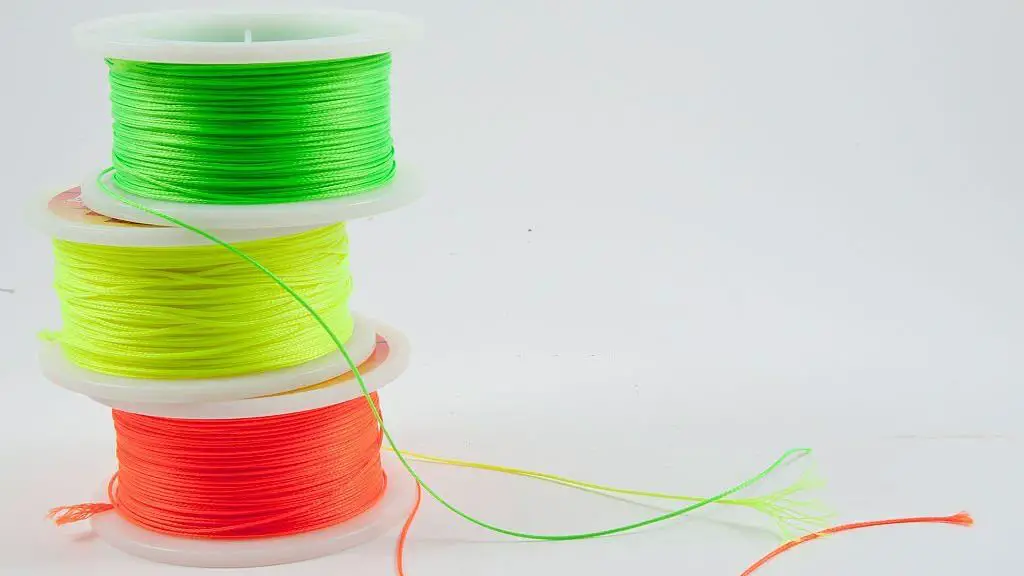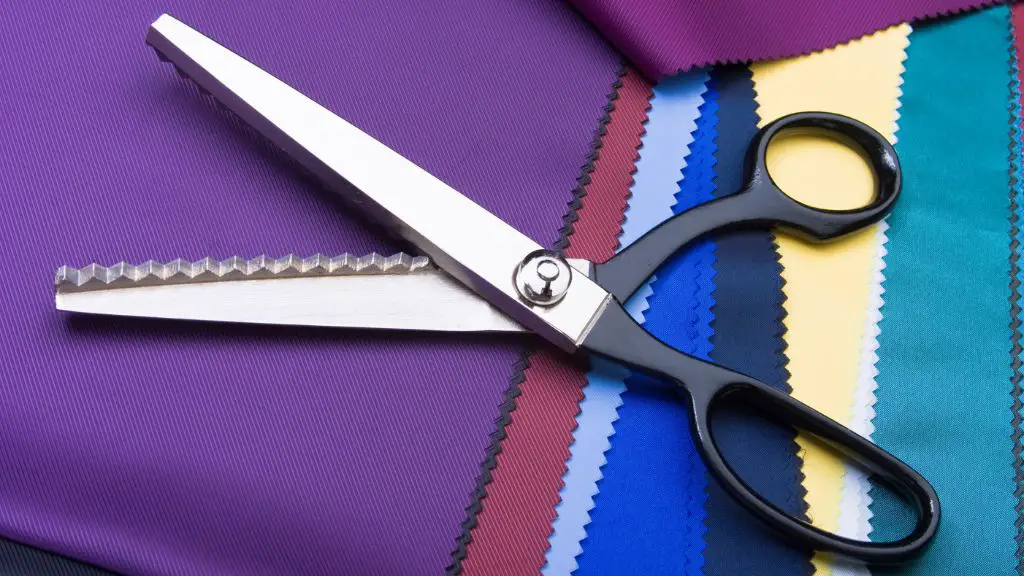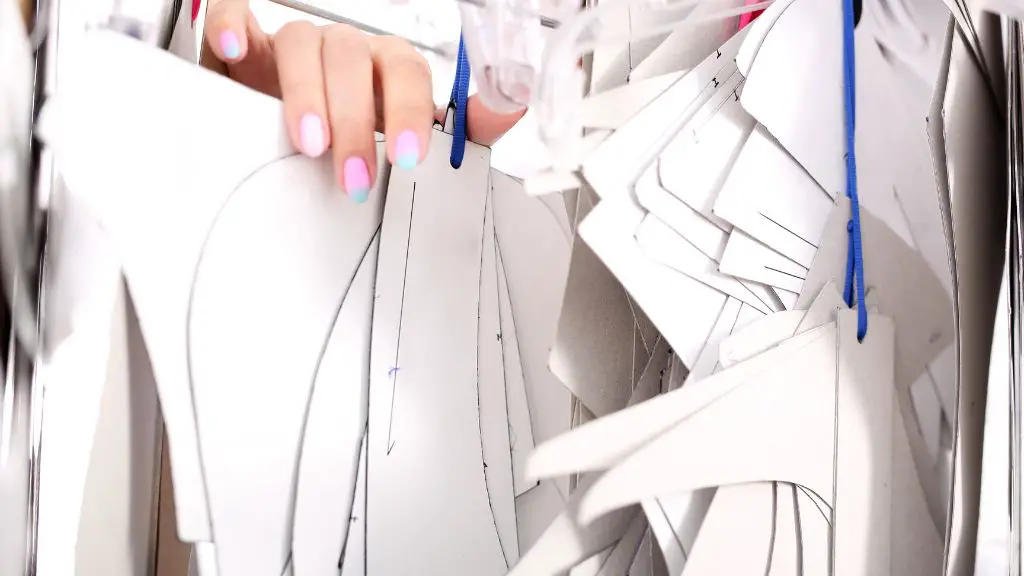There are a lot of different materials you can use for sewing, and fishing line is one of them. But can you actually sew with a fishing line?
Well, the short answer is yes, you can sew with a fishing line. In fact, fishing line is a great material to use for sewing, as it is strong and durable.
In this article, we will discuss more about sewing with fishing line. Let’s get started.
Why Fishing Line is a Great Sewing Material
If you’re looking for a great sewing material, you should definitely consider fishing line. Here are just a few reasons why fishing line is a great choice for your next sewing project:
1. It’s strong and durable.
Fishing line is designed to be strong and durable, so you can rest assured that your sewing project will be able to withstand a lot of wear and tear.
2. It’s easy to work with.
Fishing line is relatively easy to work with, so you shouldn’t have any trouble sewing with it.
3. It’s affordable.
Fishing line is a very affordable sewing material, so you won’t have to break the bank to get your hands on it.
4. It comes in a variety of colors.
Fishing line comes in a variety of colors, so you’ll be able to find the perfect shade to match your project.
5. It’s easy to find.
Fishing line is widely available and easy to find, so you shouldn’t have any trouble getting your hands on it.
The Drawbacks of Sewing With Fishing Line
We all know that sewing with fishing line has its advantages. It’s strong, it’s cheap, and it’s readily available. But there are also some disadvantages to sewing with fishing line that you should be aware of.
First of all, it’s very difficult to thread a needle with fishing line. The line is so thin and slippery that it’s hard to get a good grip on it. This can be frustrating, especially if you’re trying to sew something delicate.
Second, because fishing line is so thin, it’s prone to breaking. A single knot can cause the line to snap, so you have to be very careful when sewing with it.
Third, the line can be abrasive, which means it can damage your fabric. If you’re not careful, you could end up with frayed fabrics or even holes in your fabric.
Fourth, fishing line is not very flexible, so it’s not ideal for sewing curves or tight corners.
Finally, because it’s so thin, it can be difficult to see, which can make it challenging to sew straight seams.
Despite these drawbacks, sewing with fishing line can be a great way to save money on your sewing projects. Just be sure to take your time and be careful, and you’ll be able to sew with fishing line without any problems.
How to Sew With Fishing Line
If you’re looking for an invisible way to sew, fishing line is the perfect solution. This sturdy line can be used for a variety of sewing projects, from hems to appliques. And because it’s clear, it’s practically invisible on most fabrics.
Here’s a step-by-step guide to sewing with fishing line:
1. Cut a length of fishing line. The length will depend on the project you’re working on. For a hem, for example, you’ll need a shorter length than for an applique.
2. Thread the fishing line through a needle. If the line is too thick to fit through the eye of the needle, you can use a needle threader to help.
3. Start sewing. For a hem, sew a straight stitch along the edge of the fabric. For an applique, sew a zigzag stitch around the edge of the shape.
4. Knot the end of the thread. When you’re finished sewing, make a knot in the end of the fishing line to secure it.
5. Trim the excess. Cut off any excess fishing line, taking care not to cut the threads you’ve sewn with.
With these simple steps, you can sew just about anything with fishing line. Give it a try the next time you need an invisible stitch!
Fishing Line Sewing Tips and Tricks
Fishing line is an important tool for any fisherman. It is strong and durable, but it can also be very difficult to sew with. If you’re having trouble sewing with fishing line, here are some tips and tricks to help you out.
Sewing Tips
– Use a sharp needle. A sharp needle will make it easier to piercing the fishing line.
– Use a thimble. A thimble will help to protect your finger from the needle.
– Use a strong thread. A strong thread will be less likely to break when sewing with fishing line.
– Use a zigzag stitch. A zigzag stitch will help to prevent the thread from breaking.
– Take your time. Sewing with fishing line can be difficult, so take your time and be patient.
Tricks
– Use a lighter. A lighter can be used to seal the ends of the fishing line. This will prevent the line from fraying.
– Use clear nail polish. Clear nail polish can be used to seal the ends of the fishing line. This will prevent the line from fraying.
– Use a hot glue gun. A hot glue gun can be used to seal the ends of the fishing line. This will prevent the line from fraying.
– Use a hair straightener. A hair straightener can be used to seal the ends of the fishing line. This will prevent the line from fraying.
What Types of Fishing Line Are Best for Sewing
When it comes to fishing line, there are many different types to choose from. But, what types of fishing line are best for sewing? Here, we will take a look at the different types of fishing line and what they are best used for sewing.
1. Monofilament Fishing Line
Monofilament fishing line is made from a single strand of material. It is strong and durable, making it a good choice for sewing. However, it is also susceptible to tangles and knots.
Stren SHIQS10-15 High Impact Monofilament Fishing Line, Clear, 10 Pound, 1275 Yards
2. Braided Fishing Line
Braided fishing line is made from multiple strands of material. It is very strong and resistant to tangles and knots. However, it is also more difficult to sew with.
KastKing Superpower Braided Fishing Line,Low-Vis Gray,6 LB,327 Yds
3. Fluorocarbon Fishing Line
Fluorocarbon fishing line is made from a single strand of material that is coated with a fluorocarbon resin. It is very strong and resistant to tangles and knots. It is also invisible underwater, making it a good choice for fishing in clear water.
Seaguar Blue Label 100% Fluorocarbon Leader (DSF) 25yd 20lb, Clear
$12.99 in stock
All three types of fishing line have their pros and cons. It really just depends on what you are looking for in a fishing line.
If you need a strong and durable line, then monofilament or braided line would be a good choice. If you need a line that is invisible underwater, then fluorocarbon line would be a good choice.
Conclusion
While you can technically sew with fishing line, it is not recommended. Fishing line is designed to be strong and durable, not to mention flexible, so it does not make for a good sewing thread. It is also very difficult to work with and can easily break needles. If you’re looking for a strong thread to sew with, consider using thread made specifically for that purpose.
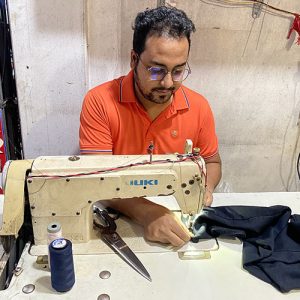
I love to sew and write! I have been doing both for many years and enjoy sharing my passion with others. I have written for both online and offline publications including Amazon and Medium, and I enjoy sewing clothes, quilts, and other items.
My writing style is engaging and lively, and I have a knack for delivering complex information in a way that is easy for everyone to follow.
